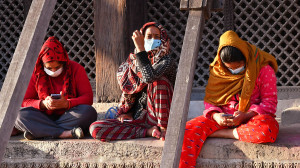Editorial
Eyes on Nepal Police
The force must transparently review the Tinkune incident instead of hiding its mistakes.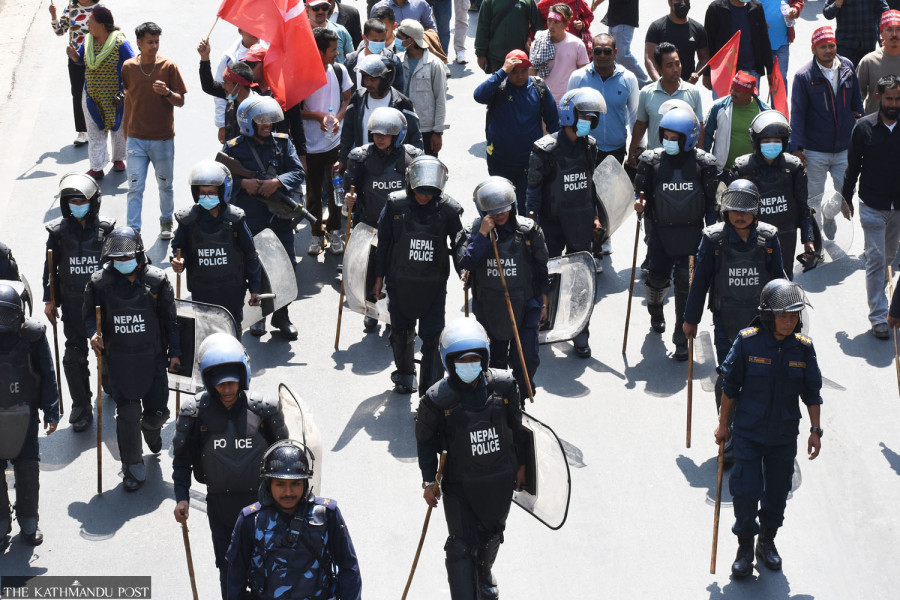
Riot control is a difficult art. Even with the best of preparations, crowd behaviour is hard to predict with a high level of accuracy. This is why the police have a set of rules on how to deal with a rowdy crowd with the minimal use of force. For instance, if the police is struggling to control a crowd, it first does miking, asking for restraint. When that does not work, there might be some baton wielding, followed by tear gassing and, if things are still threatening to get out of hand, opening fire. As the police themselves designate the place for particular protests, they can assign a venue that offers the least likelihood of escalation. But during the March 28 protest of the pro-monarchy forces in Tinkune, the police are believed to have made some serious miscalculations, starting with the designation of Tinkune, a sensitive location near the international airport and national legislature as the protest venue. The choice of venue was poor also because the leaders of the protest, many of them disreputable figures, had given ample hints that they would be ready to resort to violence.
Even on the day of the event, there were some oversights. For instance, the police fired tear gas from building tops, making it difficult for them to aim right. It was later found that the tear-gas shells they used were well past their expiry date. The police also have no accurate record of the number of such shells and live bullets fired on the day. One video from Tinkune showed a tear-gas shell falling on the stage of the protesters as the national anthem was being played. The police said the video had been doctored. But there is no credible evidence that the video had been tampered with.
At least two people died and countless others were injured in Tinkune. Again, it is understandable for the police to make some mistakes in such a volatile situation. Still, some of the allegations being made against the police—for instance, that it fired at some protesters from behind—are hard to excuse if true. Unlike some of the dishonourable and discredited ‘leaders’ of the pro-monarchy protests, Nepal Police is a credible state institution with a long history of selfless service to the country. Even if these elements are ready to take the law into their own hands, the police must stick to their protocols at all times. Not only is that the morally right thing to do, it is also operationally wise.
These protocols are designed to work in the most trying circumstances. But during the March 28 protests, the police force deployed at Tinkune often appeared to be panicking. There also seemed to be little on-the-field coordination among members of the police force. We would like to believe that Nepal Police is more than capable of controlling crowds much larger than the 5,000 people who were present in Tinkune on that day. Thus rather than spend their energy shifting the blame, the leadership of home ministry as well as of Nepal Police must undertake a thorough review of its failures so that it is better equipped to deal with such eventualities in the future. And there should be absolutely nothing to hide. The more transparent the process, the more credibility this vital institution will gain.




 9.12°C Kathmandu
9.12°C Kathmandu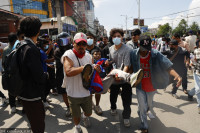
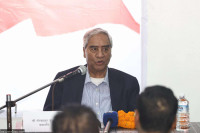
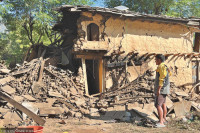
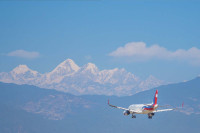


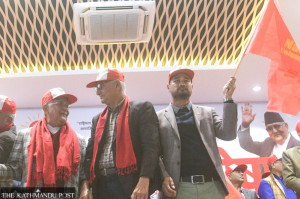

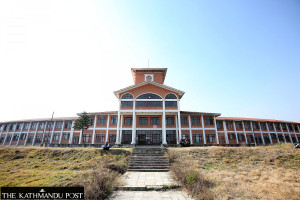

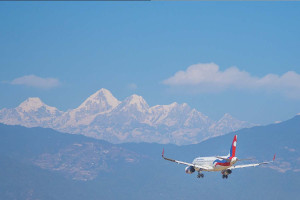


%20(1).jpg&w=300&height=200)

